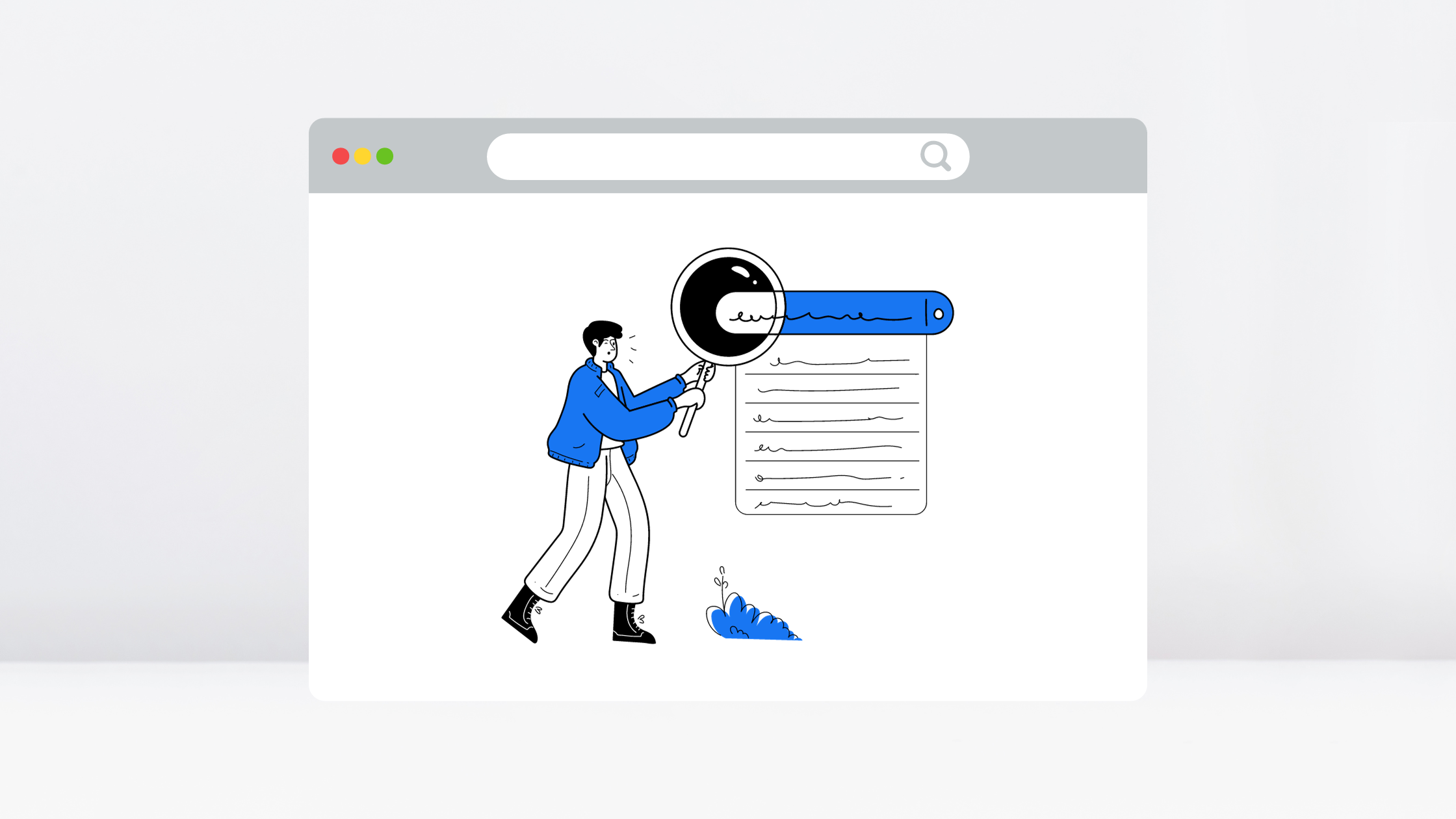Optimizing page speed can feel like running on a treadmill. There will forever be room for improvement, but these guidelines provide a simple standard for success:
 The average homepage loads in 3.39 seconds.
The average homepage loads in 3.39 seconds.
According to Kissmetrics, 40% of people will leave a website that takes more than 3 seconds to load.
And Amazon reported that for every 100 milliseconds they speed up their website, they see a 1% increase in revenue. So how fast is fast enough?
Below 1 second = perfect
1-3 seconds = above average
3-7 seconds = average
7+ seconds = very poor
How can you know where you stand? Take a look at these tools to analyze your site speed:
#1. Start using a Content Delivery Network (CDN)
Host your media files on a content delivery network, which can save up to 60% bandwidth and reduce the amount of requests your website makes.
CDNs work by hosting your files across a large network of servers around the world. When a European user visits your site, they’re downloading files from the server located closest to them in order to prevent DDoS attacks, traffic spikes and heavy loads on a single server.
Check out these options:
#2. Use browser caching
Fetching the resources to load your website requires loading each image and page element on top of heavy HTML and coding.
This happens every time someone loads your site, which is where browser caching can help.
It works by “remembering” the resources loaded at an earlier time so that data such as logos and footers won’t need to re-load. If you’re using WordPress, one of the simplest ways to cut page loading speed is to install a caching plugin.
Check out these options:
#3. Use a fast web host
If you have a sizeable amount of traffic, you should shy away from hosts like Bluehost, Hostgator, GoDaddy and other low budget web hosts.
Check out these options:
- WP Engine. While not the cheapest, this is web hosting made for WordPress. Lightning speeds and helpful support.
- LiquidWeb. They offer shared hosting, dedicated hosting, cloud hosting and CDN.
- SingleHop. This offers one of the highest quality dedicated servers.
#4. Implement accelerated mobile pages (AMP)
This is a project implemented by Google to help mobile pages load faster.
It strips away unnecessary content and streamlines the experience to avoid distracting and clunky features. For example, AMP articles offer a simplified version of the real website that allows a user to swipe between various stories without ever leaving the web page and having to click on the next.
Check out these options:
- AMP tutorial (if familiar with HTML)
- AMP for WP Plugin
#5. Optimize your images
Always use images with the correct size. For example, if you have an image displayed in a 2” x 2” square on your site, don’t use a large 10” x 10” image.
Larger images mean transferring more data through the network while the browser has to resize the image for you. There are multiple ways to optimize your images.
Check out these options:
Why page speed matters more than ever
Mobile Internet usage is expected to bypass desktop performance in less than a year, and users are increasingly less tolerant of slow websites. Improving site speed means also improving user experience and revenue at the same time.
Want more insights? Contact our digital marketing experts at RLC Media to start improving your site speed today.





